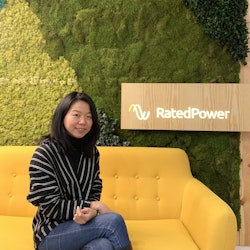- Solar energy blog
- How Chinese companies are investing in overseas renewables projects as part of the Belt & Road initiative
How Chinese companies are investing in overseas renewables projects as part of the Belt & Road initiative
As part of China’s Belt & Road initiative (BRI), Chinese companies are investing in projects across the world. These companies have the potential to shape global infrastructure through their investments and have already accomplished a lot. This blog looks at what has been achieved, what’s on the horizon, and the potential challenges.
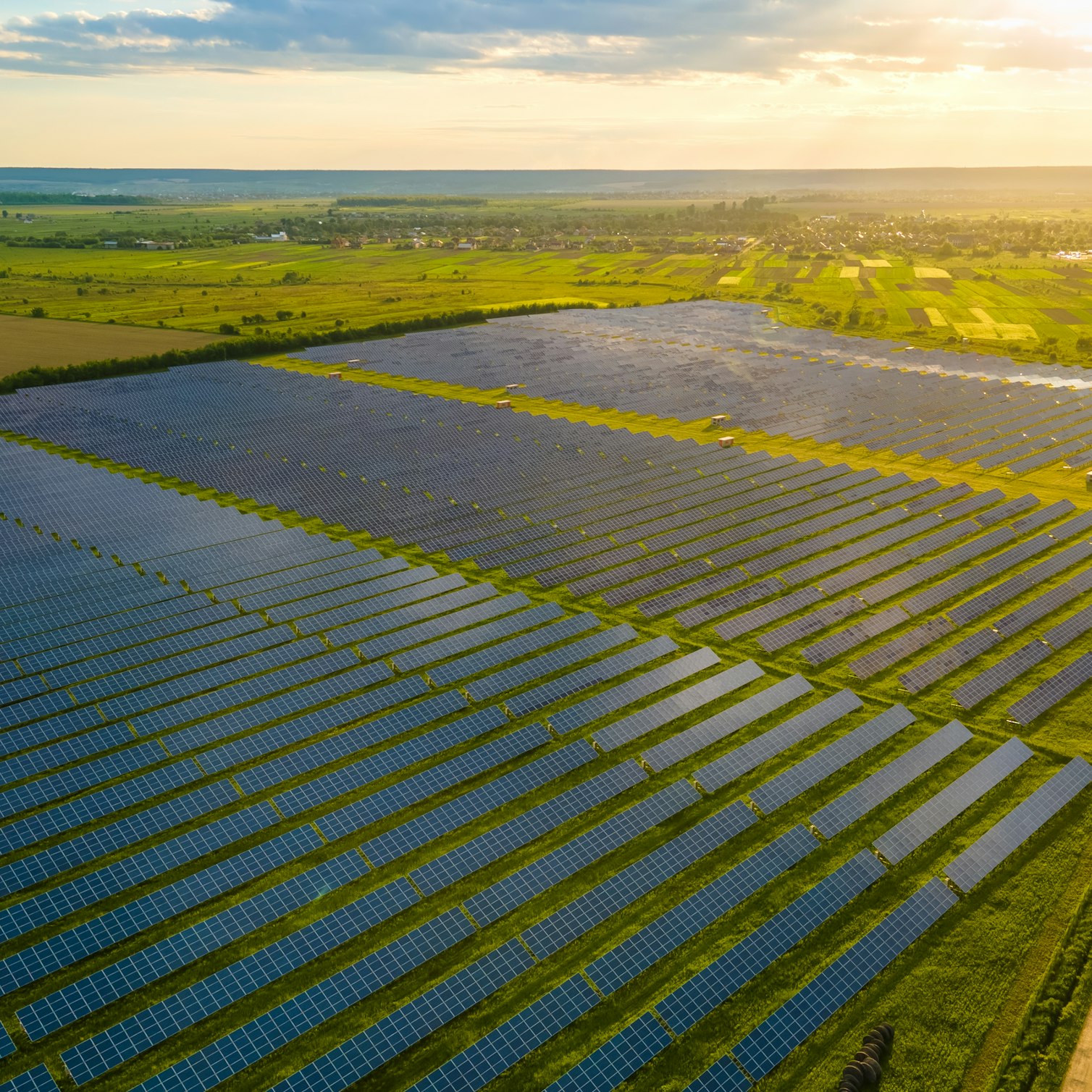
Content
What is China's Belt & Road initiative?
The Belt & Road initiative, launched by China in 2013, is an infrastructure project that aims to significantly expand China’s trade globally.
Energy-related fossil fuel projects were a central focus and accounted for the lion’s share of investments and construction deals signed between 2013 and 2021. However, such heavy reliance on fossil fuels raised concerns that Belt & Road countries could become overly dependent on them and slow their transition towards renewables.
In response to these concerns and aligned with global environmental objectives, China’s President Xi Jinping announced a significant policy shift in September 2021: China would cease supporting overseas coal-fired power plant construction. To replace these projects, Xi announced that China would instead “step up” its support for “green and low-carbon energy” developments within developing nations.
Looking for more insights, stats, and opinions on the current state of the renewables sector? Download the full Renewable Energy & Solar Research Report 2024, which draws from an industry survey and analysis of solar simulations carried out on the RatedPower Platform.
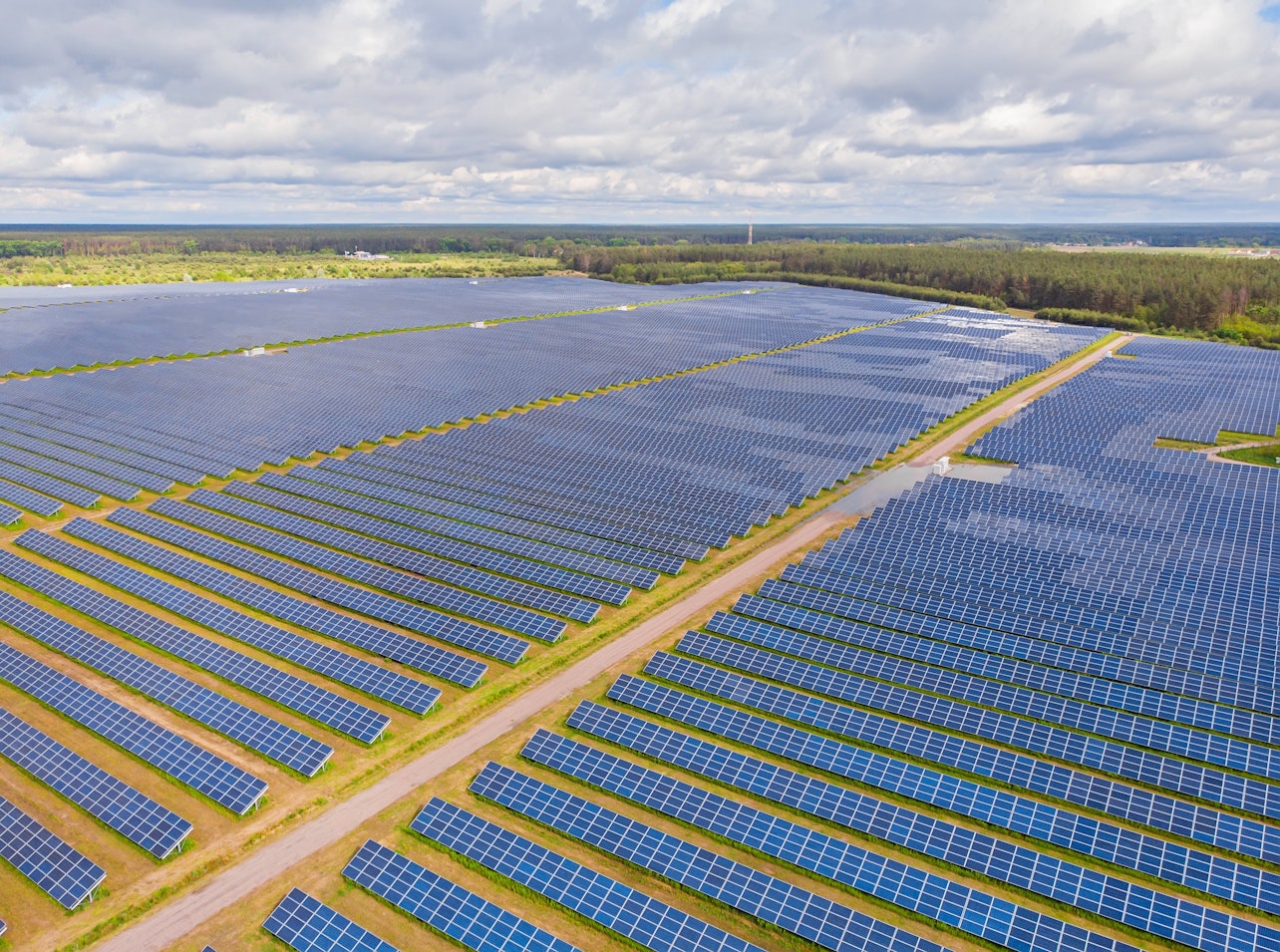
What have these Belt & Road projects achieved so far?
Chinese companies have seen significant progress in their Belt & Road overseas power projects over the past decade. Over 300 projects with an estimated investment value of around $200 billion have been completed, installing 128 gigawatts (GW) of power capacity.
Increased power capacity in Asia
Asia has been the primary destination for these power projects. A study by Wood Mackenzie revealed that Pakistan, Vietnam, and Indonesia are the leading markets for BRI power projects out of 72 countries involved so far. Together with 12 other top markets, they represent 80% of all completed Belt & Road initiatives to date.
62 coal and 30 gas power projects have been completed in Asia, representing over half (57%) of the total BRI project capacity.
Increased renewable projects
199 renewable projects have also been completed, accounting for 68% of total Belt & Road projects in Asia. Since the new strategy direction was announced in 2021, investments in renewables have accelerated, with these green energy sources making up almost half (47%) of new build capacities in 2022, a considerable jump from 19% ten years prior.
Additionally, according to research conducted by Fudan University’s Green Finance & Development Center (GFDC), by the midway point of 2023, China had already invested $8.61 billion for the year in Belt & Road countries, and 56% of that had been directed toward renewables projects.
Investments in solar and wind
By the end of 2023, Chinese investments and contract signings favoring solar and wind accounted for nearly 42% of overseas energy engagement, compared to 26% in 2022 and 15% in 2021. At the same time, coal projects saw no new investment.
The GFDC report further reflected this shift. Researchers found that Chinese overseas energy engagement in Belt & Road countries in the first half of 2023 was at its “greenest” since the initiative’s inception.

What are China’s future goals?
China’s future Belt & Road goals are ambitious, with a pipeline of projects estimated at around 13 GW per year. Significant investment will also be made in wind and solar development, with renewable projects accounting for 57% of an impressive 80GW of planned capacity.
Investments will continue in Asia and Africa, accounting for 93% of all future Belt & Road projects.
What challenges does the Belt & Road initiative face?
Like all ambitious initiatives, BRI has not been without its challenges. The earlier-referenced Wood Mackenzie report revealed that more than 20% of Belt & Road projects have been shelved or canceled.
Specifically, of the 481 monitored projects, 72 were found to have either been put on hold or wholly abandoned. These setbacks predominantly influenced projects in Asia (60%) and Africa (32%) and represented an overall capacity of about 54GW. This figure was made up of coal (33GW), gas (6GW), hydro (12GW), solar (2GW), and wind (0.4GW) projects.
While at least 39GW (allocated to coal and gas) could have been canceled due to the changing priorities outlined in 2021, the other projects were likely benched due to rising costs. Other issues affecting wind and solar expansion throughout Belt & Road countries include rising debt levels and increasing loan interest rates.
Despite these hurdles, prospects for China’s overseas Belt & Road power projects seem steady, and the 13GW per year capacity goal will likely be met.
Latest stories
Related posts
Market analysis
23 renewable energy events to look out for in 2026
Discover the top renewable energy events in 2026, dates, details, and insights for solar, storage, hydrogen, and clean energy professionals worldwide.
Updated 13 JAN, 26
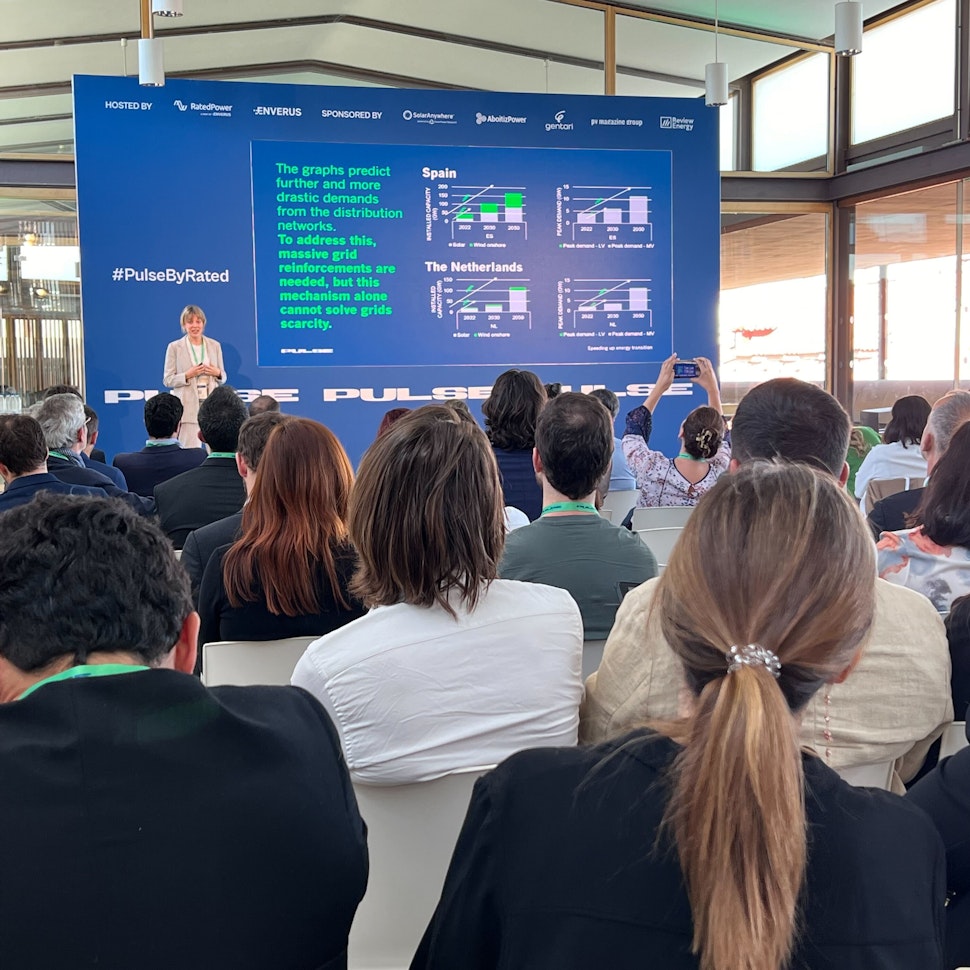
Market analysis
Power where it’s needed: Solving LatAm’s grid instability with distributed solar and storage
Find out how a bottom-up approach is solving LatAm’s grid instability, with community-led solar and storage projects giving people control over their energy.
Updated 29 DEC, 25
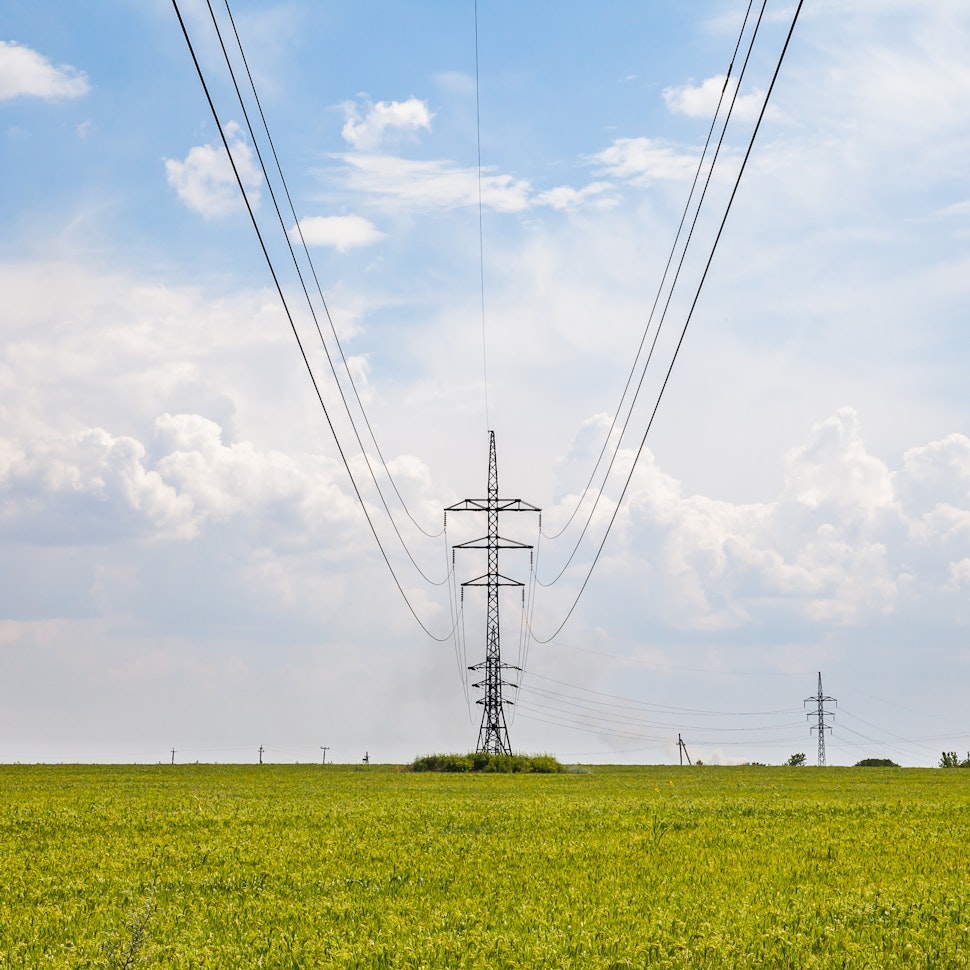
Market analysis
Powering through the peak: Why solar + storage is gaining momentum in MENAT
Discover how MENAT is building a functioning solar economy and why rising peak demand during extreme heat is squeezing its energy architecture.
Updated 11 DEC, 25

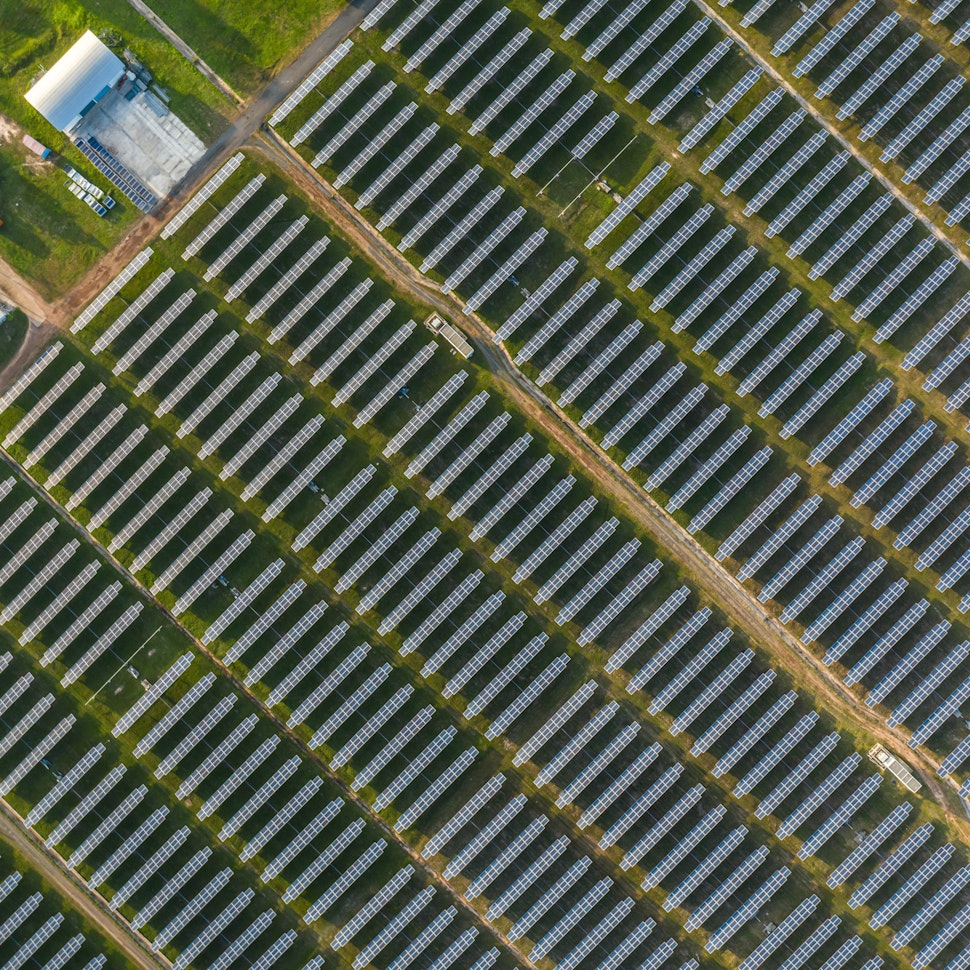
- RatedPower
- Solar energy blog
- How Chinese companies are investing in overseas renewables projects as part of the Belt & Road initiative
 Watch a demo
Watch a demo Ask our AI Product Expert
Ask our AI Product Expert
